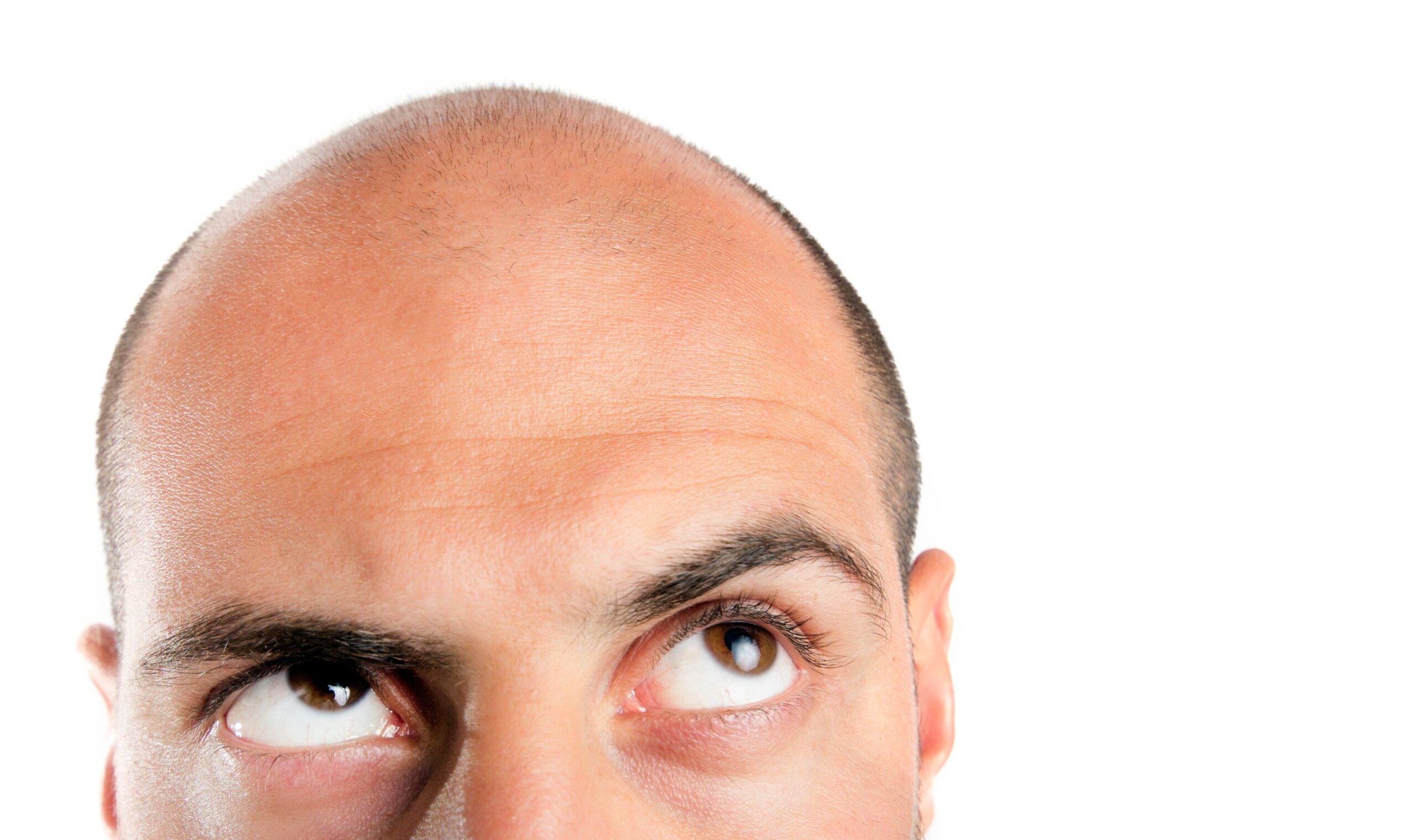The type and severity of alopecia dictate whether you qualify for hair restoration. The most common candidates eligible for hair transplants are men with androgenetic alopecia.
Androgenetic alopecia, commonly called male pattern baldness (or female pattern baldness), is a genetic condition that causes both men and women to lose their hair structure in a well-defined or predetermined pattern.
Other potential candidates for hair transplants are patients who have suffered trauma to their head, like burns or surgery to excise cancer. Once the affected region heals, it is possible to implant hairs in that area allowing for hair to grow.
Most men aged thirty to fifty will qualify for hair transplants if they suffer from androgenetic alopecia, though that will depend on how far the hair loss has progressed.
No matter the reason for your hair loss, you must ensure you have enough hair grafts at the back of your scalp to cover the thinning/balding area. Hair restoration is impossible if there are not enough donor hairs to implant.
The Norwood scale is often used as a standard measurement to determine if you qualify for hair restoration by clarifying the stage of hair loss in men.
What is the Norwood Scale?
The Norwood scale is a seven-stage classification system used to measure the severity of male pattern baldness. At stage one, there is no significant hair loss.
You will be classed at stage three if your receding hairline is significant (mature hairline). By stage five, there is a visible island in the crown region. By stage seven, only alopecia-resistant hair at the back of the scalp remains.
Hair plugs are most effective on men who range between three and five on the Norwood scale. However, it is still possible to have a hair transplant if your ranking falls under stage two or six. Please book your consultation at our hair clinic to better understand whether or not you can undergo hairline surgery.
Patients who often fail to qualify for hair transplant surgery
It is vital to remain realistic with your expectations of what hair restoration can do for you. Although the hairs implanted will be permanent, male pattern baldness may naturally persist as you age, even if you are on medication that prevents hair loss.
Men can undergo hair restoration despite having other types of alopecia, like alopecia areata. However, this is only feasible if your alopecia is stable and small enough (not very diffusive) to allow for hair extricated grafts to be implanted.
Whatever alopecia you have it must not be active, meaning there is no inflammatory response that would kill the newly inserted hairs.
Patients with thinning hair are not usually good candidates for hair implants. The targeted area will be quite large, and the impact on your hair will be minimal compared to other non-surgical treatments like minoxidil or finasteride.
It is also very likely the donor area where hair grafts are taken is also thinning, meaning it may be that the back of your hair is left visibly thinner relative to the rest of your hair.
Younger men, typically in their twenties, may fail to qualify for hair restoration as their alopecia remains proactive, meaning there is no indication of where or when their hair loss will stop.
How much does a hairline transplant cost?
For more minor procedures, hair restoration will cost around 5000 GBP. More extensive procedures can cost upwards of 8500+ GBP.
The procedure level is determined by how many grafts are required to restore your hairline. Your physician will clarify your graft number during your consultation.
What to expect three months post hair transplant?
At this stage, it is typical for patients to experience the loss of their transplanted hair and the emergence of new hair in the transplanted area. However, the hair strands often regrow at different rates by this point, allowing for a temporarily patchy appearance.
For most men, the full effect of the procedure may not appear until eight to twelve months or even longer. It is essential to be realistic and keep this waiting time in mind when undergoing hair replacement surgery.
